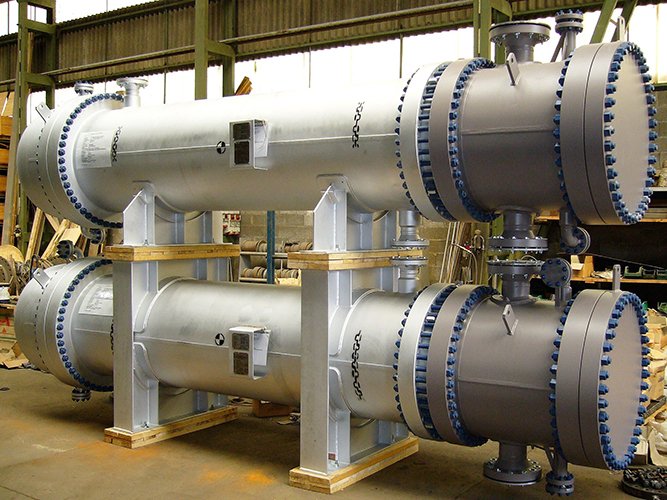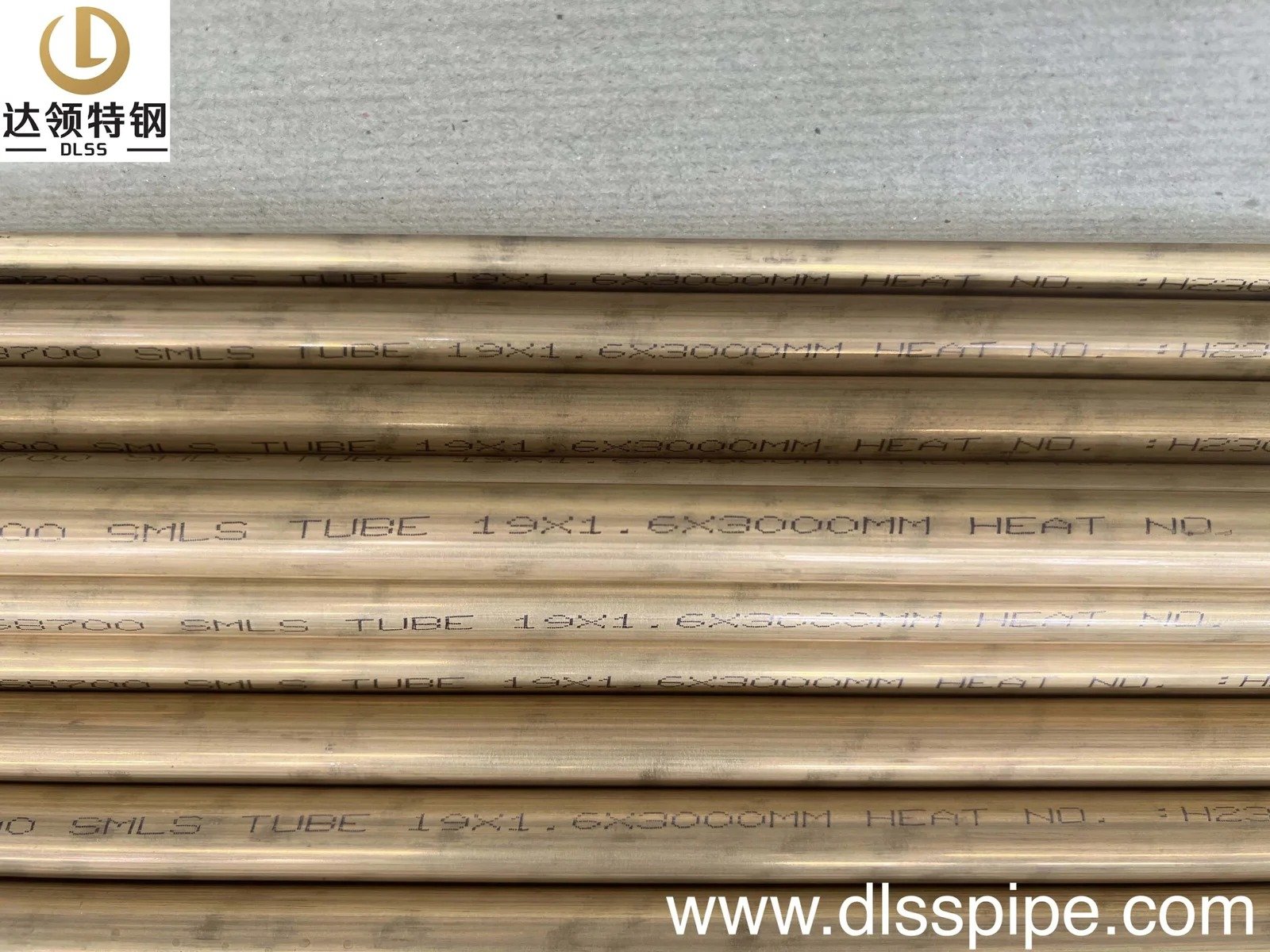Meta Description:
Learn how stainless steel tubes are tested with PMI, Eddy Current (ET), and Intergranular Corrosion (IGC) methods. Discover how DLSS ensures compliance and quality with international standards for critical applications.
Introduction
In high-performance industries—such as oil & gas, power generation, and pharmaceuticals—stainless steel tubes must pass rigorous testing to ensure reliability and safety. At DLSS, we implement a robust quality control program including PMI (Positive Material Identification), ET (Eddy Current Testing), and IGC (Intergranular Corrosion Testing).
This article explains these testing methods, why they matter, and how DLSS ensures that every tube meets or exceeds project requirements.
1. Positive Material Identification (PMI)
Purpose:
To verify the chemical composition of stainless steel tubes, ensuring correct alloy grade and trace element limits (e.g., carbon, molybdenum, sulfur).
Method:
- Portable XRF analyzers or Optical Emission Spectroscopy (OES)
- Detects major and minor elements (Cr, Ni, Mo, C, Mn, P, S, etc.)
When Required:
- On receipt of raw material
- After forming or welding
- Before shipment for 3.2 certified projects
DLSS Capability:
100% PMI test available. Records include material heat number and full element breakdown.
For more on PMI: Thermo Fisher Scientific – PMI Technology Overview
2. Eddy Current Testing (ET)
Purpose:
To detect surface and sub-surface defects such as cracks, pinholes, inclusions, or laminations.
Method:
- Non-destructive test using electromagnetic induction
- Suitable for high-volume inline testing of seamless tubes
- Complies with ASTM E426 or EN 10246-3
Applications:
- Heat exchanger tubes
- Boiler tubes
- Tubes for nuclear, medical, or food applications
DLSS Capability:
Online 100% ET for OD 6–50.8 mm. Calibrated with reference notches.
3. Intergranular Corrosion Test (IGC)
Purpose:
To assess susceptibility of stainless steel to corrosion along grain boundaries due to improper heat treatment or sensitization.
Standards:
- ASTM A262 (Practices A–E)
- Practice A: Oxalic Acid Etch
- Practice E: Strauss Test (used for austenitic stainless steels)
When Needed:
- For TP304, TP316, TP321 tubes
- After welding or high-temperature service
- For sour service applications (per NACE MR0175)
DLSS Capability:
Certified lab testing with full IGC reports. Commonly requested for European and Middle Eastern oil & gas projects.
Reference: ASTM A262 – Intergranular Corrosion Testing
4. Why These Tests Matter
| Test | Industry Risk Without Testing | DLSS Benefit |
|---|---|---|
| PMI | Using wrong alloy → corrosion, failure | Traceability and 100% compliance |
| ET | Hidden cracks → leaks or rupture | Safe pressure containment |
| IGC | Grain boundary attack → cracking | Verified weld quality & heat treatment |
5. Quality Control at DLSS – Step by Step
- Incoming Raw Material – Checked with PMI and heat certification
- Cold Drawing / Forming – Dimensional inspection and surface checks
- Bright Annealing – Process control logs and hardness testing
- Non-Destructive Testing – 100% ET / hydrotest / ultrasonic as needed
- Mechanical Tests – Tensile, flattening, flaring, hardness
- IGC and Grain Size Testing – Per project specification
- Final QA – Visual, dimensional, PMI, and packing inspection
- Documentation – MTC 3.1 / 3.2, lab test reports, and compliance certificate
FAQs
Q1: Are PMI and ET tests mandatory for all projects?
No, but they are commonly specified in 3.2 projects, PED-compliant systems, or applications involving food, pharma, or sour gas.
Q2: Can DLSS issue 3.2 certificates?
Yes. We work with SGS, BV, TÜV, and Lloyd’s Register for witness testing and documentation approval.
Q3: What if a tube fails an ET test?
It is immediately rejected or marked for re-inspection. DLSS maintains full traceability from material receipt to finished product.
Q4: Is IGC testing needed for TP316L?
If the material has undergone welding or may be used in corrosive media, IGC is recommended—even for L-grade.
Conclusion
Quality control isn’t optional—it’s foundational. DLSS combines advanced testing, certified personnel, and international lab partners to ensure every stainless steel tube meets the highest safety and reliability standards.
Contact DLSS
Email: info@dlsspipe.com
Website: www.dlsspipeline.com
Need certified and tested stainless steel tubes for your next project? Contact DLSS for full traceability, inspection reports, and expert technical support.









